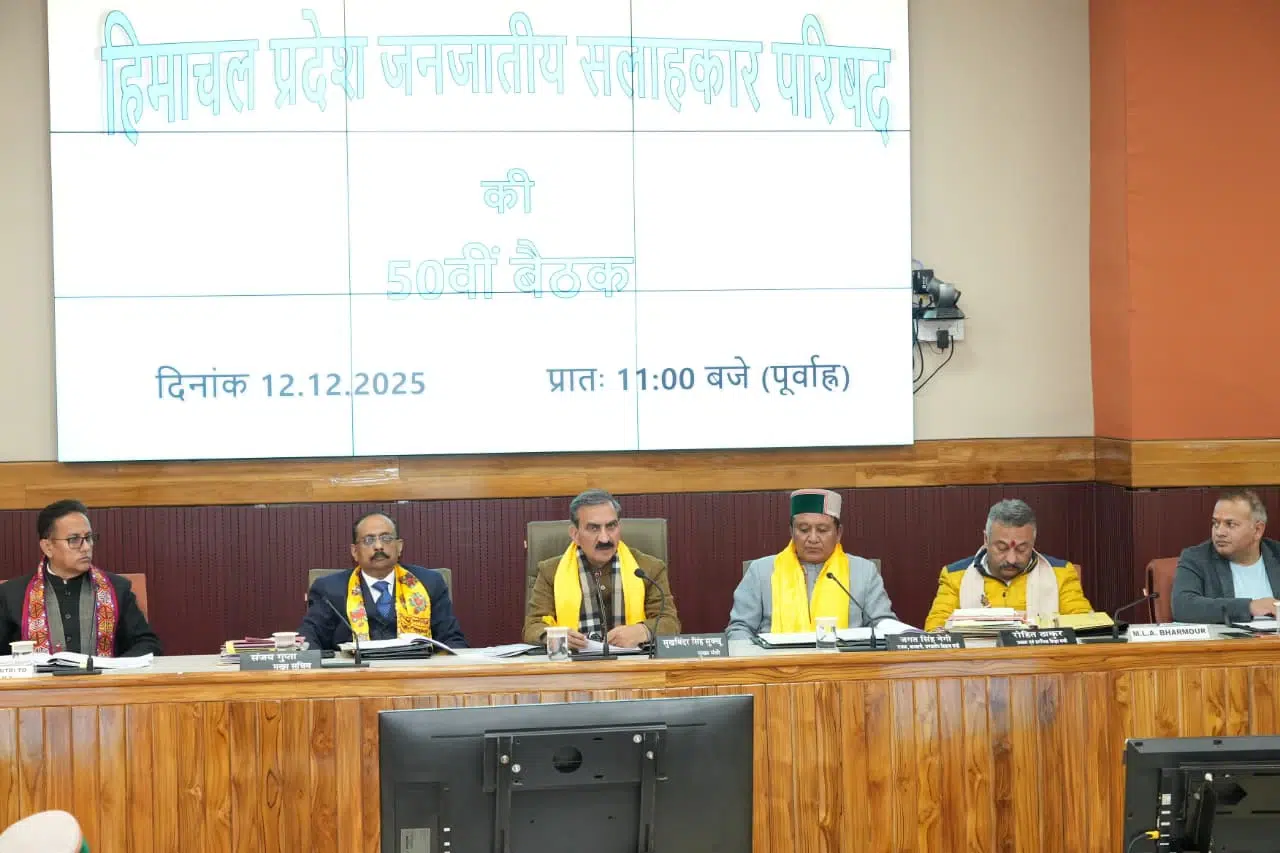Sanjay Awasti: “Forests are Source of Longevity and Pure Air”
2 min read
Arki, August 14 – Chief Parliamentary Secretary Sanjay Awasti addressed the gathering at the 75th Forest Division Level Forest Festival held in Bhuyunkhri Panchayat. He emphasized the importance of forests as sources of longevity and clean air. The event, organized by the Forest Department in the Kohu Forest Range of the Nalagarh Forest Division, aimed to highlight the significance of tree planting and their conservation.
Awasti highlighted that planting trees is not enough; their protection is equally crucial. He noted that a sapling, when nurtured, grows into a tree that contributes to a cleaner and greener environment. He described planted trees as the greatest gift for future generations and stressed the need to protect them to ensure a better environment for the coming generations.
Under the leadership of Chief Minister Sukhvinder Singh Sukhu, various measures are being taken to protect forests, with a budget of ₹834 crore allocated for the fiscal year 2024-25. Awasti called for community involvement in forest conservation and urged the youth to plant and care for trees.
He also highlighted the government’s efforts to boost rural economies, including an increase in milk prices to ₹45 per liter for cow milk and ₹55 per liter for buffalo milk. Additionally, he announced the completion of 5 out of 10 guaranteed schemes declared before the elections and encouraged eligible women to apply for the Indira Gandhi Pyaari Behen Scheme.
Awasti revealed plans to establish an Industrial Training Institute in Paragana Maloun to provide technical education to youth. A new building for Rajkiya Prarambhik Pathshala Jagyani has been approved with a fund of ₹20 lakh. He also mentioned that 30 new transformers have been approved for Bhuyunkhri Panchayat and a 33 kV substation will soon be established in Panchayat Sour.
In closing, Awasti urged the youth to stay away from drugs and participate actively in sports. At the festival, 1,000 saplings of medicinal, fruit, and fodder varieties were planted on 2 hectares of land.






